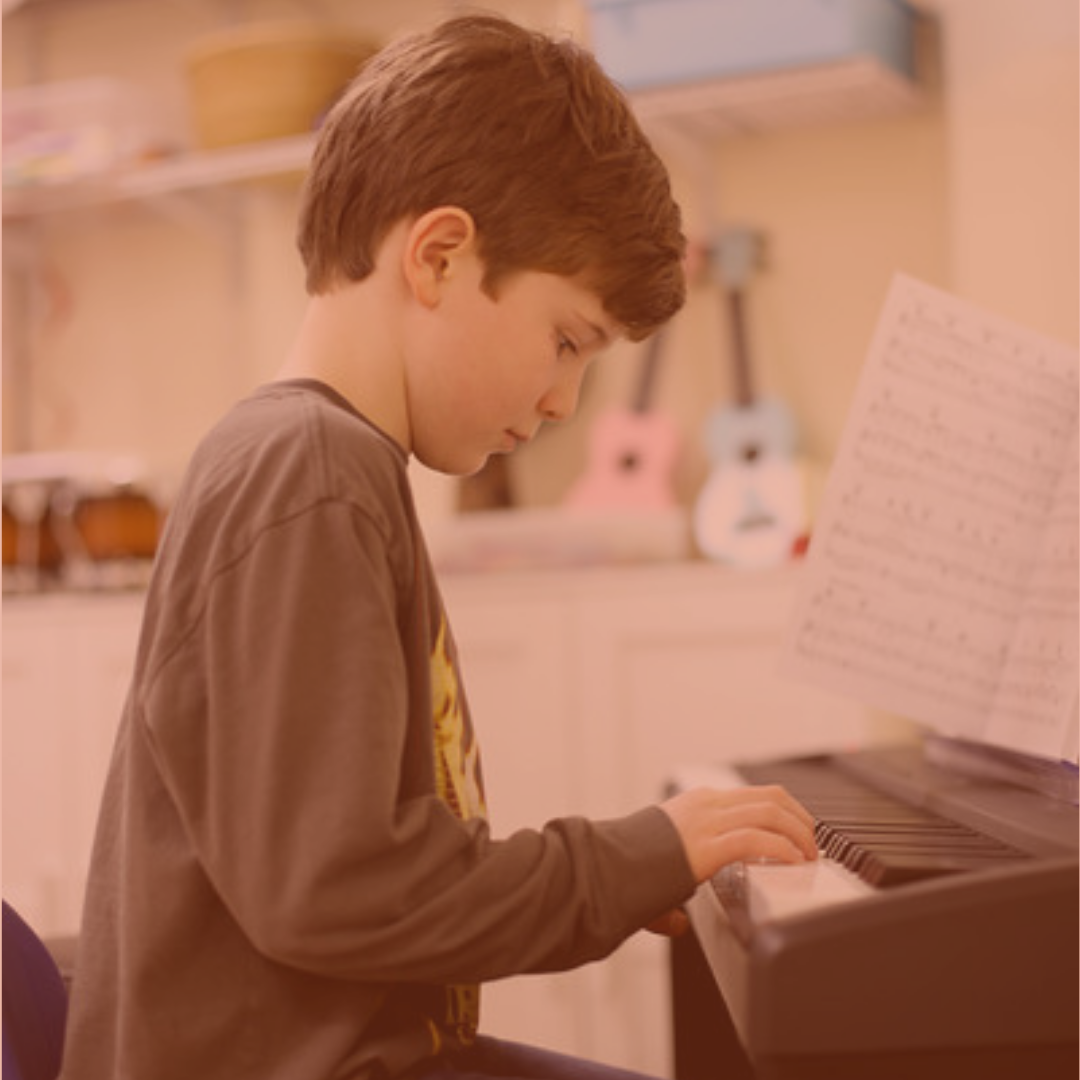
How to Read Music and Play Simultaneously
When learning to read music, it can be a challenge for students to keep their eyes on the music if they are not yet comfortable with the location of notes, and distance between intervals on their instrument. This is a normal challenge to face in the beginning of sight-reading, but can be mitigated by using a progressive approach to reading, and practicing scales, arpeggios, chord inversions, and intervals. Below are tips to help!
Practice shapes and intervals
Train your fingers to the know the distance between keys/strings for each interval. For instance if there is an interval of a perfect 4th on your music, practice playing a 4th from every note on your instrument.
Scales & arpeggios
Scales and arpeggio exercises will help train your fingers with common finger patterns you’ll use in most songs. After you are comfortable with an exercise, try playing the sequence with your eyes closed.
Chord inversions
Chord inversions are particularly helpful to practice because they require you to lift your hand and land it in a new shape. You will see some sort of chord inversion in almost every song. Click here for more information on chord inversions.
Progressive lesson book
Use a progressive lesson book that increases the difficulty of songs in small increments. By starting with simple pieces with stepwise intervals you will be able to keep your eyes on the page without needing to stare at the instrument. Remember that even with simple songs you are developing many skills. As the pieces gradually increase in difficulty you will have already developed the skills to play them.
Look ahead
When you are reading music, always be looking a few beats ahead of where you are playing. This gives your fingers time to prepare for the movements they need to make.
Practice playing off the piano
For piano players, try closing the lid of the piano (or using a table) and playing the song on a flat surface. This will help you internalize the direction and interval of the notes and make it easier when you go back to the piano. This is also a helpful way to practice your technique.